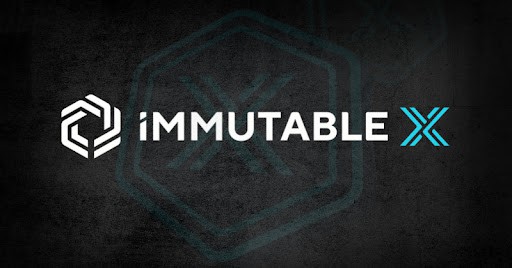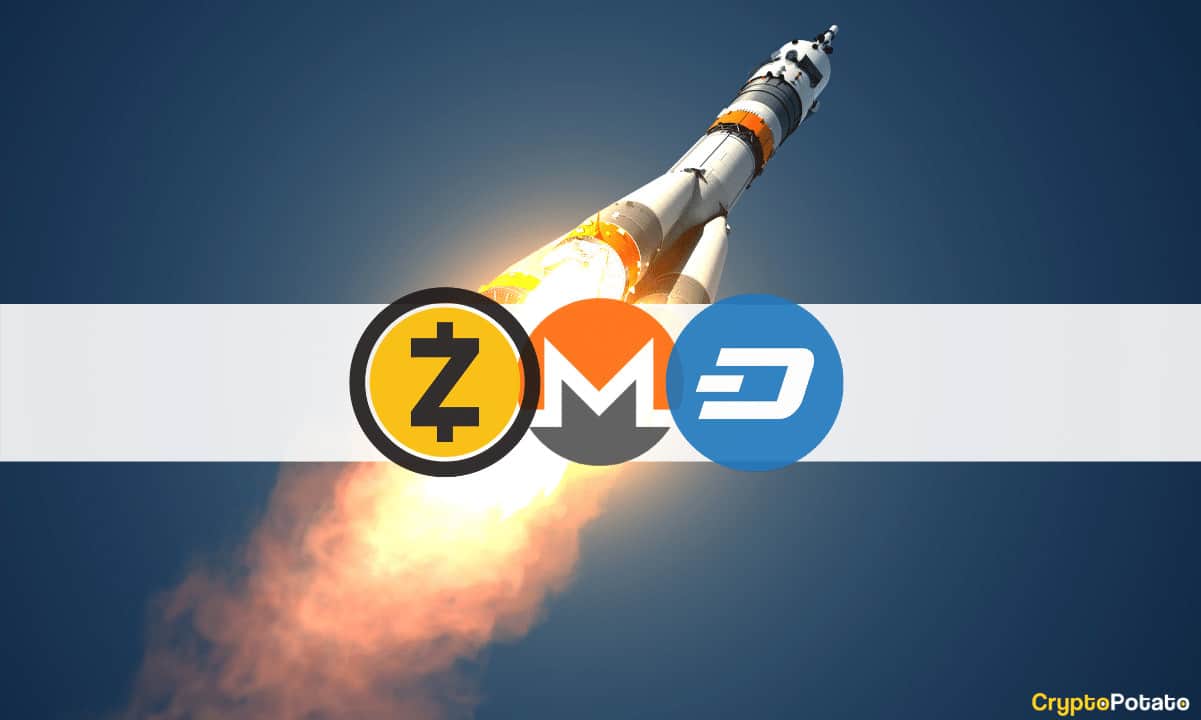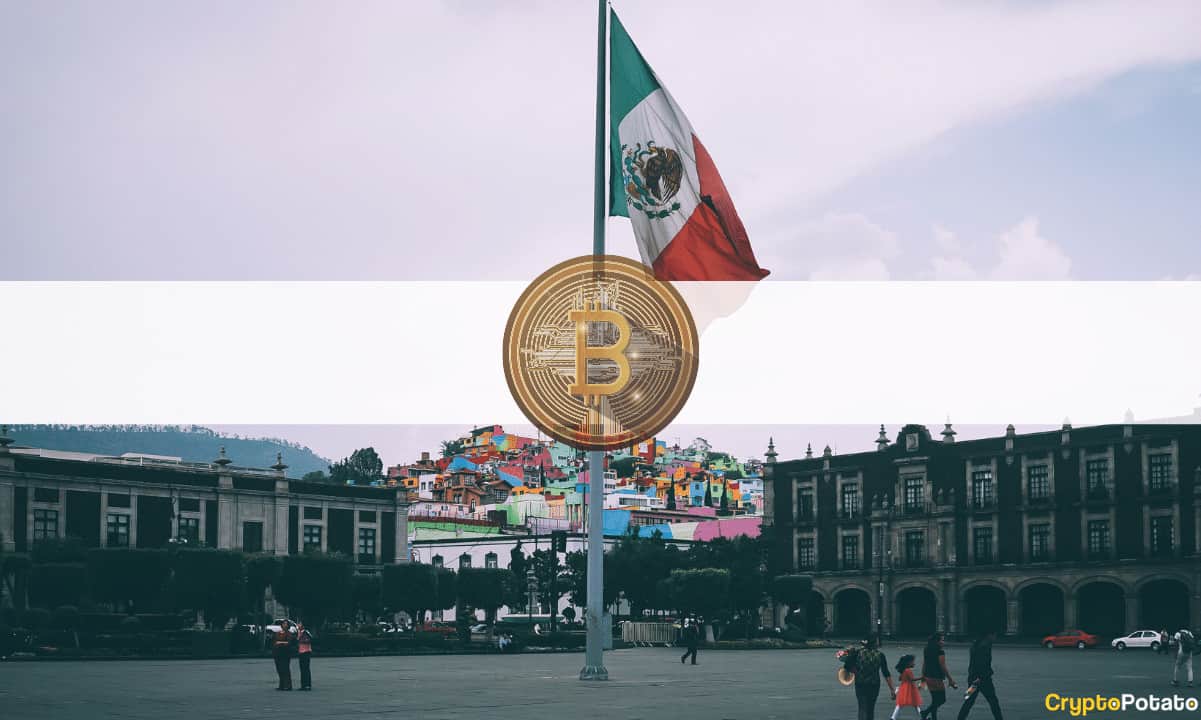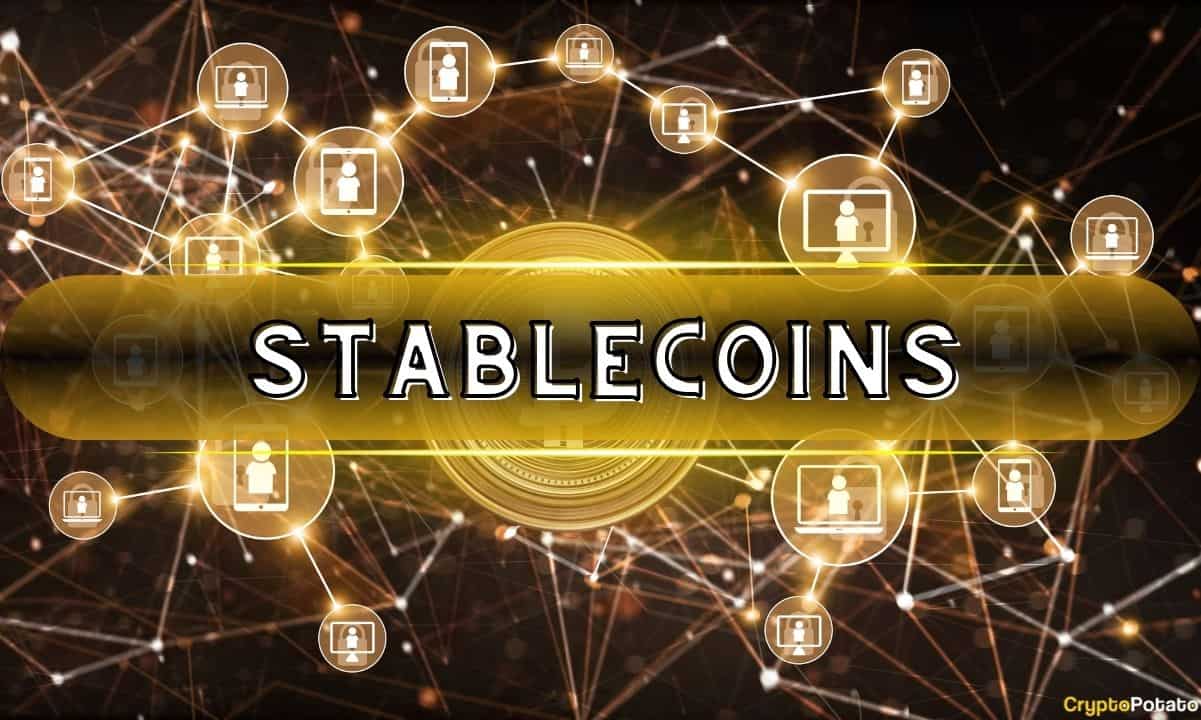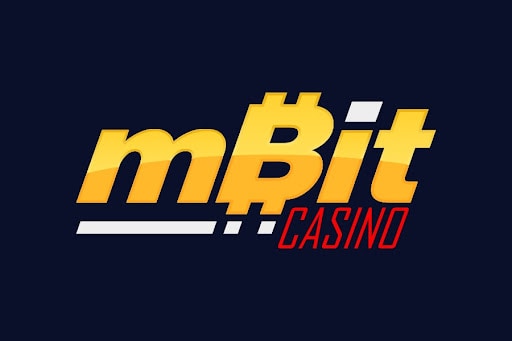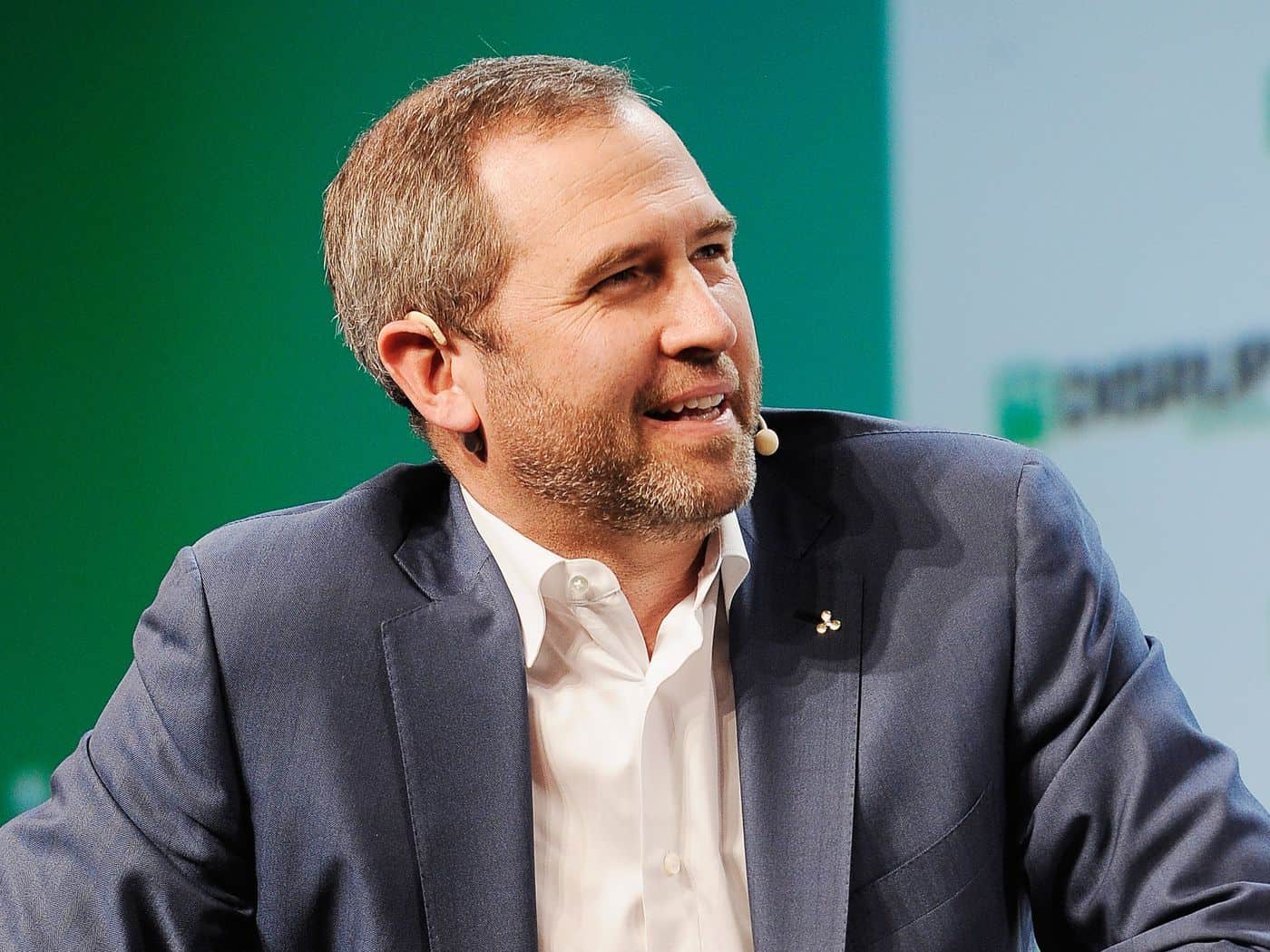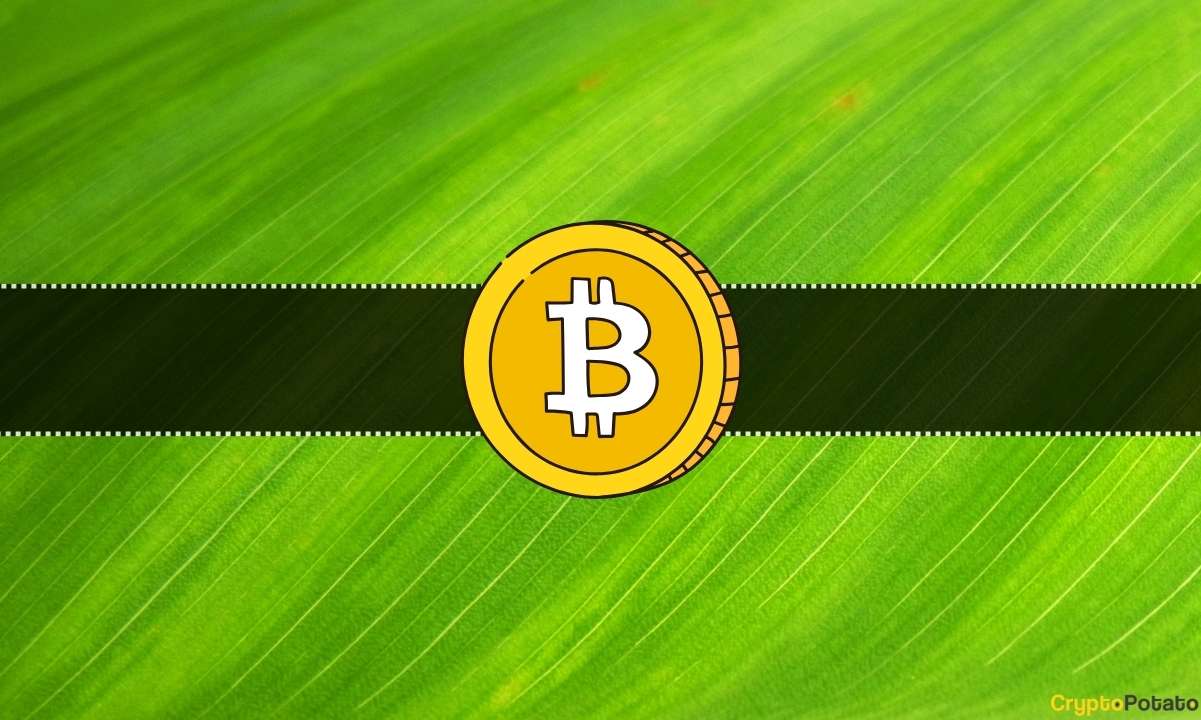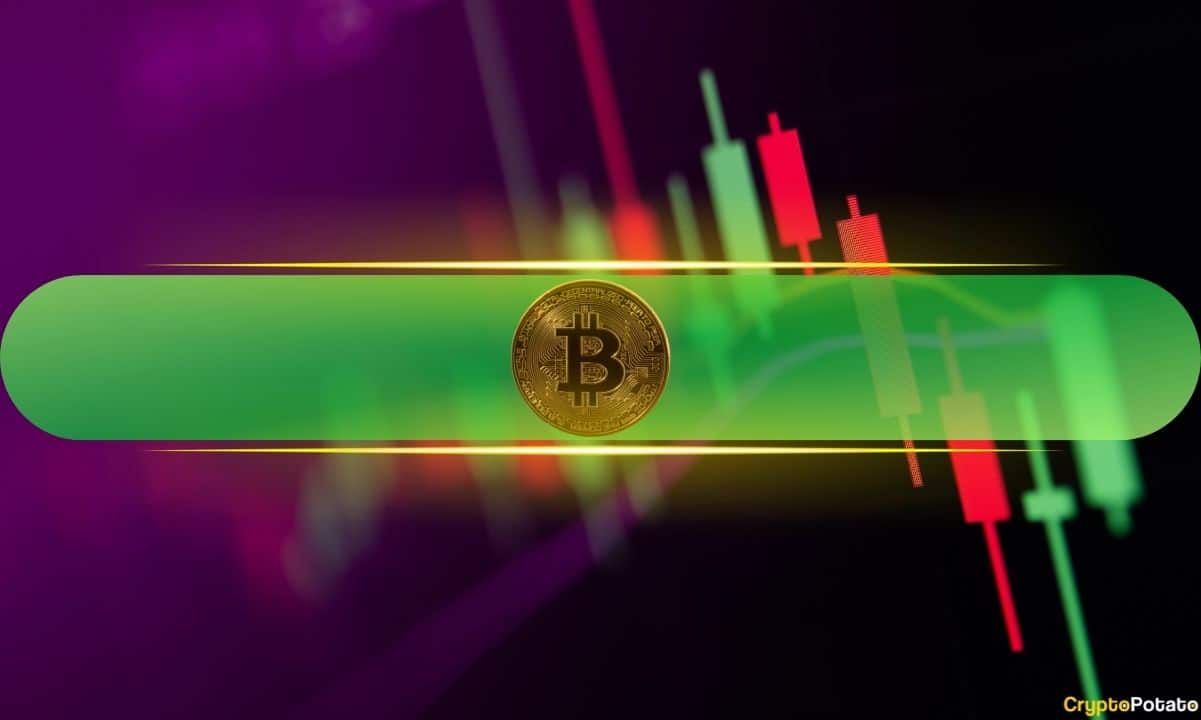In-Depth: Cardano’s Hardfork, Smart Contracts vs. Criticism, and What’s Ahead?
Cardano is currently the third-largest cryptocurrency by means of total market capitalization. The network saw substantial growth over the current bull cycle, which brought its current valuation to $76 billion at the time of this writing.
Over the years, Cardano has received serious criticism of its approach where naysayers argued that the billion-dollar market cap is completely unjustified for a network with no usable applications.
For those unaware, the project took a different way to market. Cardano’s peer-review standard is loved by some and refuted by others, but the fact is that the team behind it produced numerous papers and spent considerable time theory-crafting before actual implementation.
Nevertheless, the abovementioned criticism, to some extent, was rendered mute on September 12th, when the network went through the much-anticipated Alonzo mainnet upgrade – the hard fork that brought smart contracts capabilities to Cardano.
Of course, much like anything else in the industry, it was met with both serious criticism, as well as by passionate optimism – pretty much the two ends of the spectrum. This piece aims to look at both sides of the story.
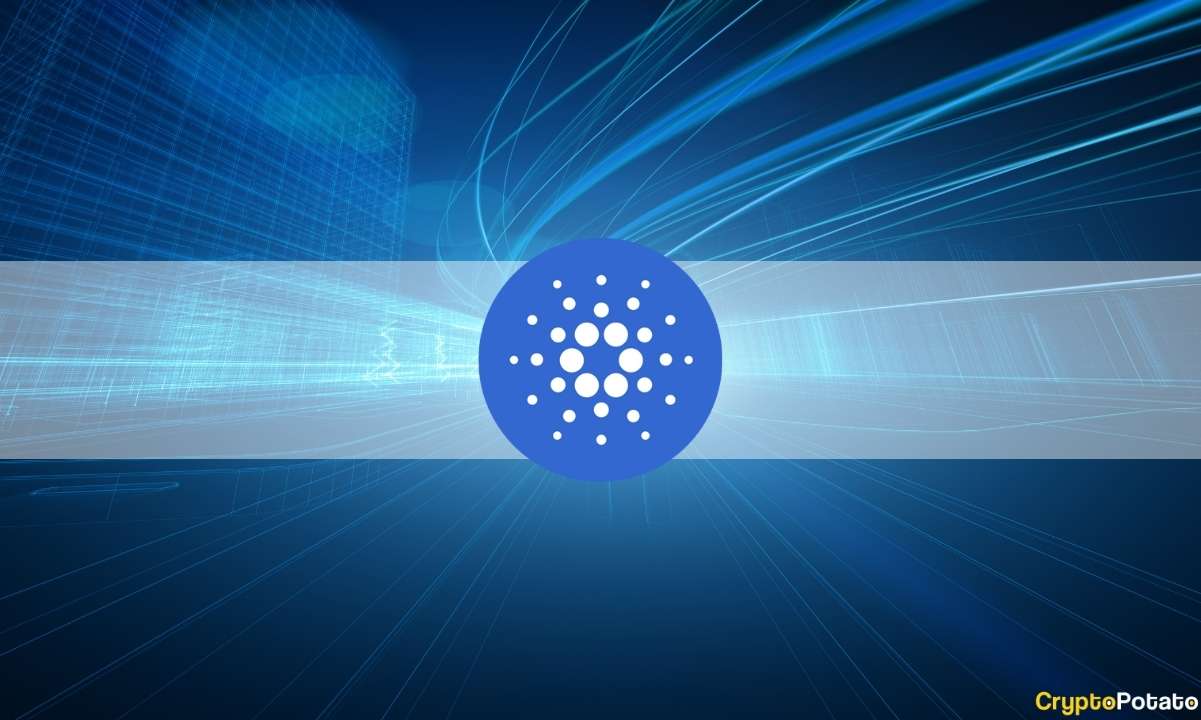
The Alonzo Hard Fork – What it Means for Cardano?
As CryptoPotato reported earlier this week, Cardano went through what’s arguably the most important upgrade of its mainnet – Alonzo.
Alonzo is part of the current development cycle of Cardano. According to the official roadmap of the project, it is part of the Goguen era. Cardano has five development cycles in its roadmap – Byron, Shelley, Goguen, Basho, and Voltaire, and we’re currently in the third.
The main part of the Goguen era is the integration of smart contracts – what we saw happening on September 12th with the Alonzo mainnet upgrade – and it represents a major step forward in the capabilities of the network.
In fact, speaking on the matter was Charles Hoskinson – founder of Cardano – who said:
This upgrade is the culmination of six years of incredibly hard work with some of the brightest minds in blockchain and beyond.
It’s also worth noting that the Goguen era also includes efforts to make the network accessible to a much wider audience through Marlowe. This is a special-purpose language for financial contracts on Cardano, and it allows for these contracts to be written in the language of finance instead of a general-purpose language on the blockchain.
The focus is now on improving the platform further and ensuring that Cardano is adopted by corporations and governments. – Added Hoskinson.
In essence, though, developers are now able to write smart contracts and code various protocols on Cardano’s mainnet – much like they can do on other protocols such as Ethereum, Solana, Binance Smart Chain, Polkadot, and so forth.
Not Without Controversy
Before going live on the mainnet, Alonzo’s smart contract capabilities were on the network’s testnet, where developers had time to play with the code and test out its functionalities by building various protocols and applications.
When the update was first introduced on the testnet, though, the team was met by some criticism regarding a concurrency issue. These oftentimes manifest in ways that prevent multiple users from interacting with a protocol at the same time.
In the case of Cardano, critics argued that it may stem from the absence of a “Cardano Virtual Machine” – a global state like the Ethereum Virtual Machine – it allows smart contracts operations to be processed simultaneously.
To be more precise, a user encountered a transaction error while trying to swap tokens using the first DEX built on Cardano’s testnet – Minswap.
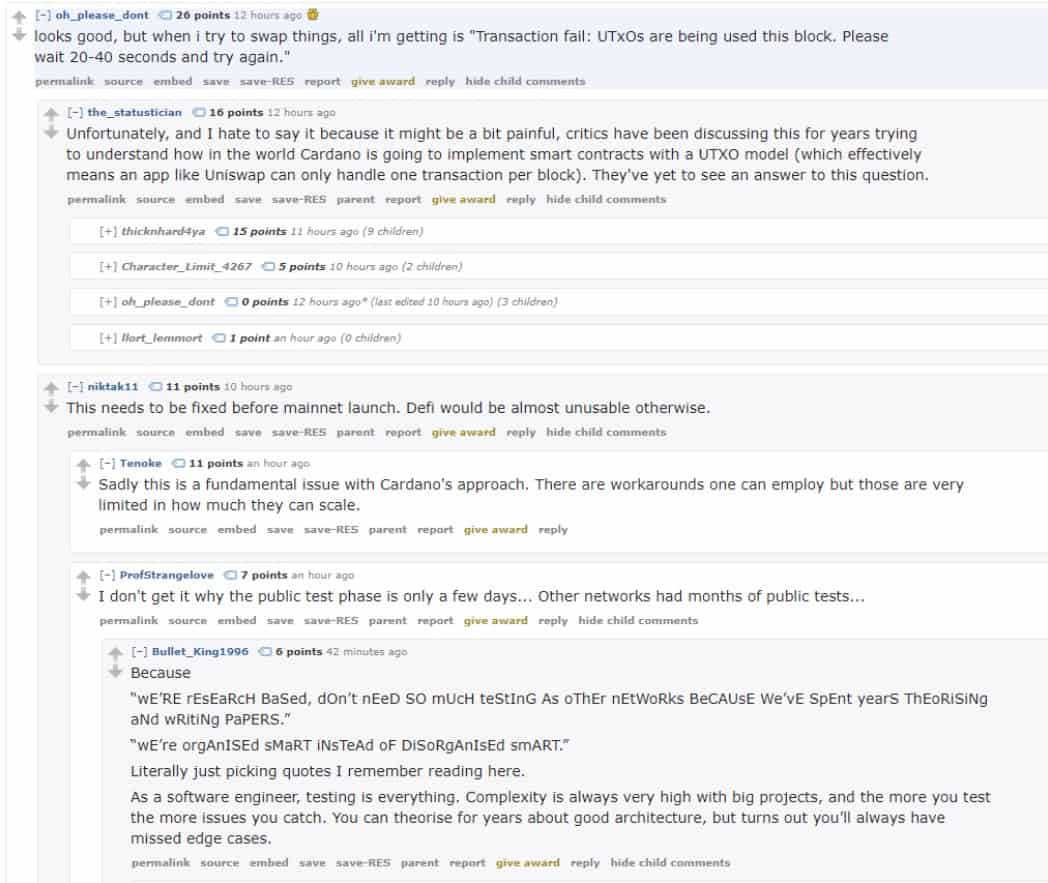
As CryptoPotato reported, Cardano’s team addressed the issues in-depth in a couple of pieces. Meanwhile, we also reached out, and a IOHK spokesperson said that:
Claiming Cardano faces a scaling ‘issue’ from concurrency is like claiming Tesla faces a distance problem from gasoline shortages. It completely fails to recognize that concurrency is handled very differently by the Cardano protocol to ETH.
Indeed, in an hour-long video, Charles Hoskinson went into serious detail to explain how exactly the protocol handles smart contracts, as well as the challenges they attempt to tackle.
If a developer tries to transplant an application architecture from an account-based chain to an eUTXO chain like Cardano, they will face similar issues as reported by the developer in question.
Cardano’s approach to concurrency actually delivers higher throughput along with lower costs, visibility of fees in advance, and no fees or loss of ADA if a transaction fails.”
All the documentation needed for developers to understand and to properly utilize this difference in approaches is found here.
Smart Contracts Now Live, What’s Next?
There were arguments that the launch of Cardano’s smart contracts capabilities was underwhelming. Nevertheless, Hoskinson said that:
Within 24 hours, the platform has already seen over 100 smart contracts run on the network, with its first decentralized application also already deployed.
As for the future, well, as we mentioned above, the team will be working toward further adoption of the protocol and its native cryptocurrency – ADA.
Looking at the official roadmap, the next era in Cardano’s development is Basho, and it’s all about scaling. It’s an era of “optimization, improving the scalability and interoperability of the network.”

